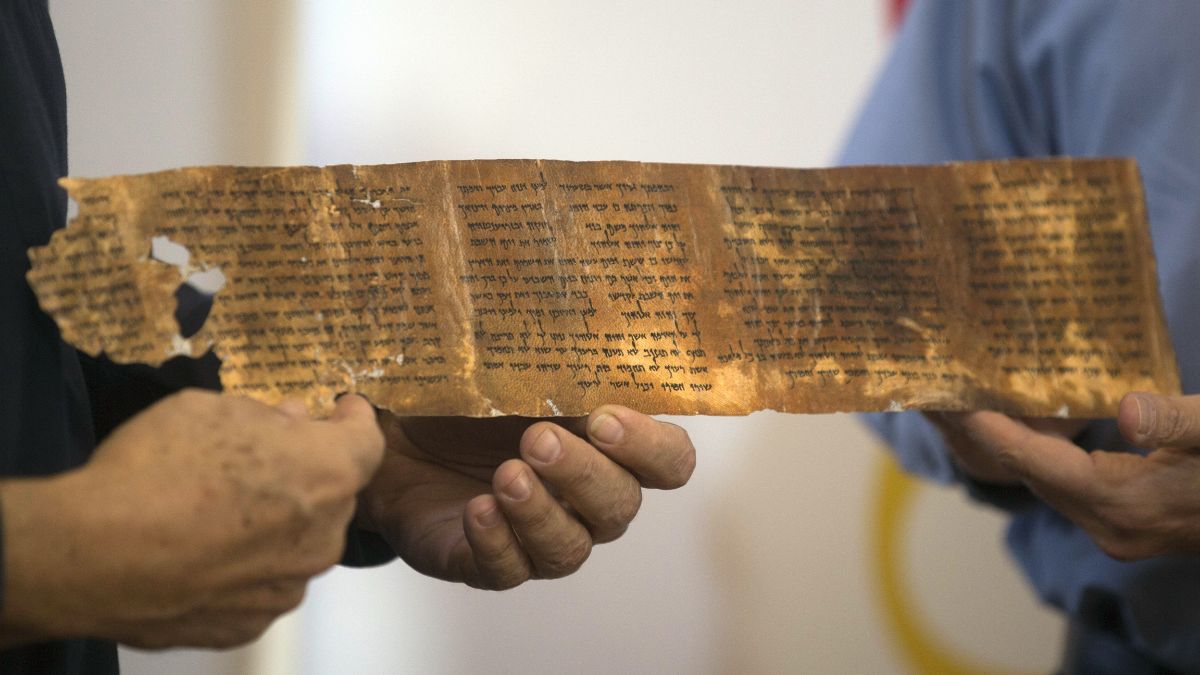The Hype, The Takeoff, The Fireball
Well, SpaceX did it again. Launched another Starship. Lost another Starship. This time, the eighth integrated test flight of Elon Musk’s towering megarocket system took off with all the usual fanfare—and ended in a fiery demise over the Caribbean. Progress? Well, that depends on who you ask.
The good news: they managed to catch the booster. The bad news: the Starship itself didn’t survive. Somewhere high above Earth, something went very wrong. Some engines cut out, the vehicle lost control, and—boom—another test flight turned into an impromptu fireworks show. The aftermath? Disruptions to air traffic, falling debris, and another round of regulatory scrutiny.
A ‘Controlled’ Disaster?
The launch took place at 5:30 p.m. CT (6:30 p.m. ET) from SpaceX’s Starbase facility in Texas. Musk’s company had already delayed the flight earlier in the week due to “too many question marks,” a phrase that’s about as reassuring as hearing your pilot say, “Let’s see if this works.”
For a while, everything seemed fine. Starship, perched atop its 232-foot-tall Super Heavy booster, climbed toward the heavens. But then, just as it neared the end of its ascent burn, something went terribly wrong. The livestream showed multiple engines cutting out. Then came the spin. Then, silence.
Dan Huot, a SpaceX communications manager, put it bluntly: “Once you lose enough of those center engines, you’re going to lose attitude control.” And lose it, they did. The ship tumbled, contact was lost, and moments later, what was left of Starship rained down somewhere over the ocean.
Falling Rockets and Flight Delays
The Federal Aviation Administration (FAA) wasn’t thrilled. Moments after Starship’s demise, they temporarily halted flights into Miami, Fort Lauderdale, Palm Beach, and Orlando airports. Falling space debris and air travel, it turns out, don’t mix well. The delays lasted well into the night, leaving passengers stranded and confused.
This isn’t SpaceX’s first experience with unexpected landings. Just a couple of months ago, Flight 7 ended up littering Turks and Caicos with metal fragments—and even struck a car. Officials say there’s no toxic material in the debris, but residents might disagree, given that their neighborhoods now serve as unofficial SpaceX scrapyards.
SpaceX insists that all debris fell within a “designated launch corridor.” But here’s the thing: that’s what they said last time too. And yet, people are still finding chunks of Starship scattered along beaches and roadways.
SpaceX’s ‘Blow It Up and Learn’ Philosophy
Musk’s approach to rocket development has always been, shall we say, unconventional. Rather than taking the slow, cautious route, SpaceX follows a “blow it up and learn” methodology. They build fast, test aggressively, and if something explodes? Well, that’s just part of the process.
It’s an exciting way to innovate, but it’s also raising serious concerns. The FAA has now mandated a full-scale mishap investigation. SpaceX will need to determine what went wrong, fix it, and get FAA approval before another flight can take place. The problem? They’re still investigating the Flight 7 explosion. And now they have a brand-new one to explain.
What’s Next?
SpaceX is trying to make Starship the future of space travel. The goal? Transport humans to Mars, build moon bases, and revolutionize spaceflight. But first, they need to figure out how to keep these things from blowing up midair.
For now, the FAA is watching closely, and regulators aren’t likely to let another failure slide without major changes. Meanwhile, residents of Turks and Caicos might want to start wearing helmets when stepping outside.
One thing’s for sure—when SpaceX’s next Starship takes flight, the world will be watching. And holding its breath.



